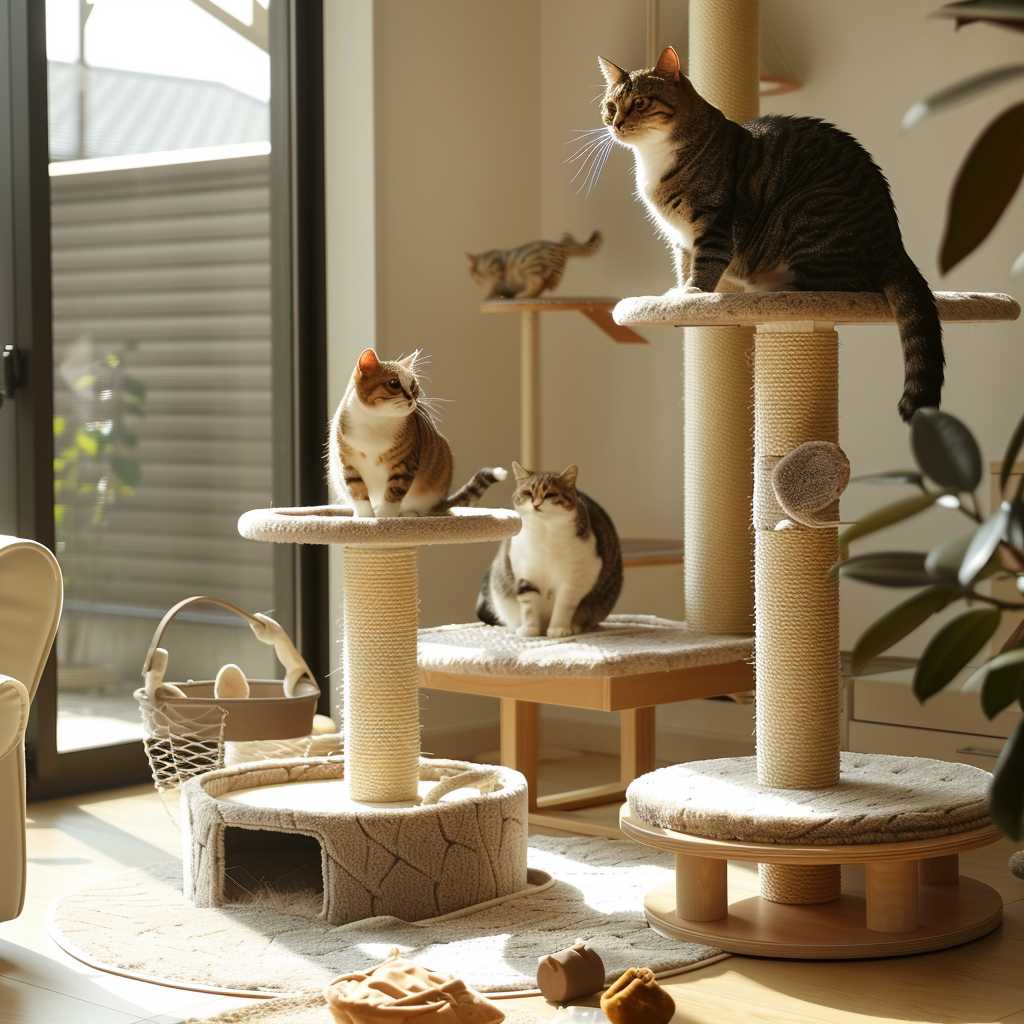A Comprehensive Guide to Being a Responsible Cat Owner
Cats are one of the most popular pets in the world, beloved for their independent nature, playful personalities, and affectionate companionship. Owning a cat can be deeply rewarding, offering benefits to mental and emotional health along with the simple joys of pet ownership. However, responsible cat ownership requires an understanding of feline needs, behaviors, and welfare. This comprehensive guide serves as an essential resource for current and prospective cat owners who wish to ensure the happiness and well-being of their feline friends.
Understanding Your Cat’s Essentials Needs
To begin with, it is important to recognize the fundamental requirements that must be met for any cat. These essentials include proper nutrition, clean water, regular veterinary care, a clean litter box, and opportunities for exercise and playful interaction. Each of these elements contributes not only to the physical well-being of a cat but also to their emotional health.
Diet and Nutrition for Optimal Health
Cats have specific dietary needs that are distinct from other pets like dogs. As obligate carnivores, they require a diet rich in proteins and certain amino acids such as taurine. Cat owners should provide high-quality commercially prepared cat food that is appropriate to their cat’s life stage (kitten, adult, senior) and health status. Occasional treats are acceptable, but human food should be offered very sparingly, if at all due to potential health risks.
Veterinary Care and Preventative Medicine
Regular veterinary check-ups are crucial in maintaining a cat’s health, preventing diseases through vaccinations and early detection of potential issues. Alongside routine visits, cat owners should ensure that their pets receive preventative treatments against fleas, ticks, worms, and other parasites. Spaying or neutering is also often recommended for non-breeding cats to prevent overpopulation and reduce health and behavioral issues.
Environment: Comfort and Stimulation
The domestic cat’s environment should provide both comfort and stimulation to cater to their instinctual behaviors such as scratching and climbing. Owners should provide access to scratching posts or pads, and cat trees to fulfill these needs safely indoors. Additionally, various forms of cat toys can help enrich their environment by providing physical exercise and mental stimulation.
Understanding Cat Behavior
Owners need a basic understanding of feline behavior to recognize when their cats are stressed or unwell. From sensory sensitivities like aversion to strong smells or loud noises to behavioral issues like inappropriate urination or aggression, being knowledgeable can help address problems effectively.
Social Interaction and Bonding
While known for being independent animals, many cats crave social interaction with their human family members. Time spent playing, cuddling, grooming, or simply being in the same room can foster a deep bond between owner and pet. Understanding an individual cat’s preference for contact is essential for a harmonious relationship.
Sensible Safety Measures
Keeping cats safe is an obligatory aspect of ownership. This includes ensuring that windows and balconies are secure to prevent falls or escapes. For those who let their cats outdoors, steps should be taken to minimize risks from traffic or other animals.
Encouraging a Respectful Coexistence
The ideal scenario sees owning a cat as not just having a pet but establishing a relationship based on mutual respect. Understanding each other’s boundaries and finding a happy equilibrium where both owner and pet feel secure and appreciated is pivotal.
